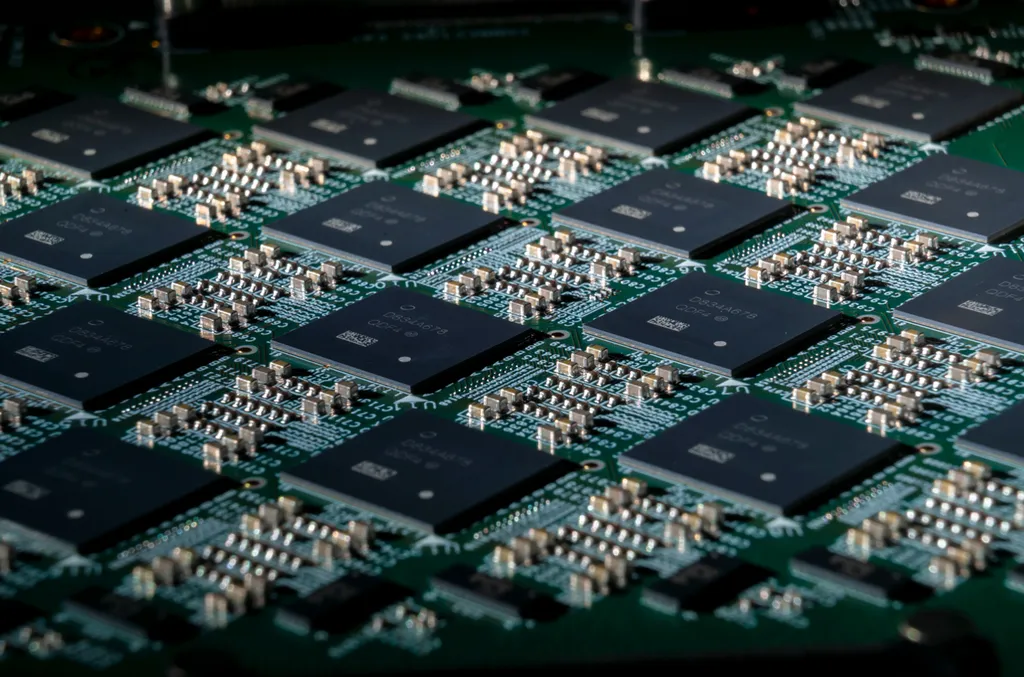In the heart of Chengdu, China, researchers at the University of Electronic Science and Technology are pushing the boundaries of neuromorphic computing, potentially revolutionizing how we process information and manage energy. Led by Xinrui Chen, a team has developed a novel artificial neuron that mimics the brain’s adaptability and efficiency, offering a glimpse into a future where computing is as dynamic and energy-conscious as the human mind.
Neuromorphic computing, inspired by the brain’s architecture, promises to deliver unprecedented power efficiency and parallel processing capabilities. However, current artificial neurons often fall short of replicating the brain’s temporal variability and spatial heterogeneity. Chen and his team have tackled this challenge by engineering a spatiotemporal-specific artificial neuron using a ferroelectric planar memristor. This device leverages the unique in-plane ferroelectricity of α-In2Se3 and the extensive regulation capability of co-planar multi-electrodes.
The implications for the energy sector are profound. Traditional computing architectures consume vast amounts of energy, a significant portion of which is dedicated to processing and transmitting data. Neuromorphic systems, with their brain-like efficiency, could drastically reduce this energy consumption. “Our artificial neuron facilitates adjustable reservoir computing and reconfigurable logic-gate operations,” Chen explains. “This adaptability allows for more efficient data processing, which can translate into substantial energy savings.”
The team’s artificial neuron has demonstrated remarkable precision in speech recognition, achieving an accuracy rate approaching 100%. This level of accuracy, coupled with energy efficiency, could transform applications ranging from smart grids to energy management systems. Imagine a power grid that can process vast amounts of data in real-time, adapting to fluctuations in supply and demand with the precision of a human brain. This is not just about speed; it’s about intelligence and adaptability.
The research, published in *InfoMat* (short for Information Materials), highlights the benefits of spatiotemporal specificity in artificial neurons. The journal, known for its focus on advanced materials and their applications in information technology, provides a fitting platform for this groundbreaking work. As we look to the future, the potential for neuromorphic computing to reshape the energy sector is immense. Chen’s work is a significant step forward, offering a glimpse into a world where computing is not just faster but also smarter and more energy-efficient.
In the quest for sustainable and efficient energy solutions, neuromorphic computing could be a game-changer. As Chen and his team continue to refine their artificial neuron, the possibilities for applications in the energy sector and beyond are limitless. The future of computing is not just about processing power; it’s about adaptability, efficiency, and intelligence—qualities that Chen’s research brings us closer to achieving.

